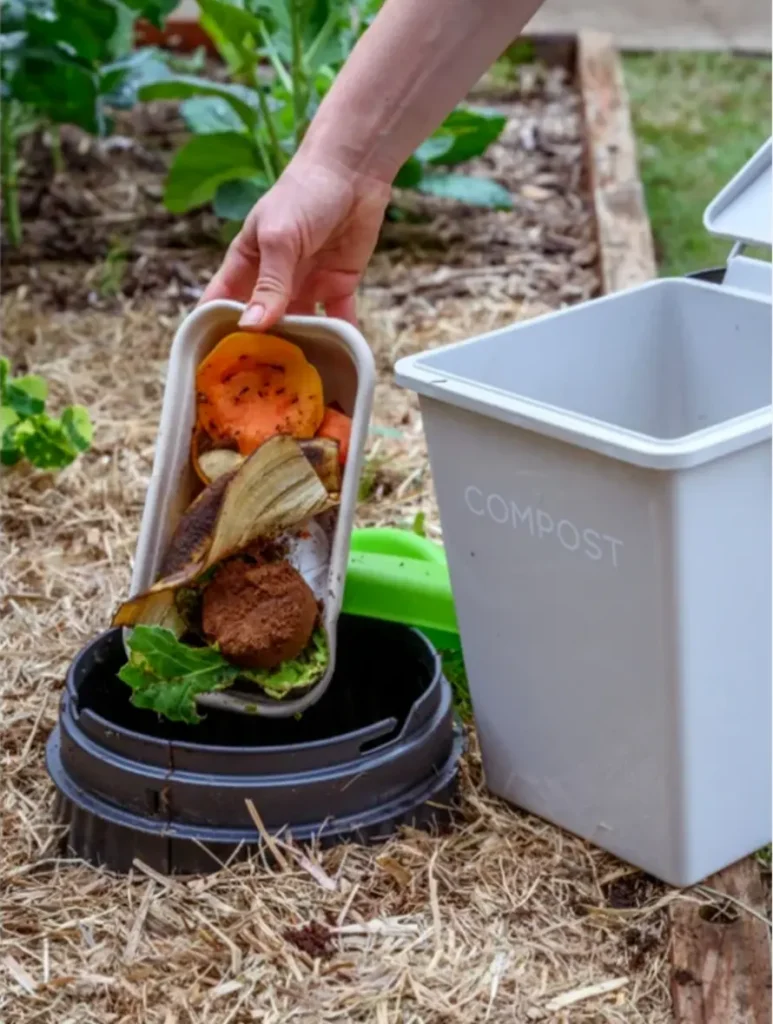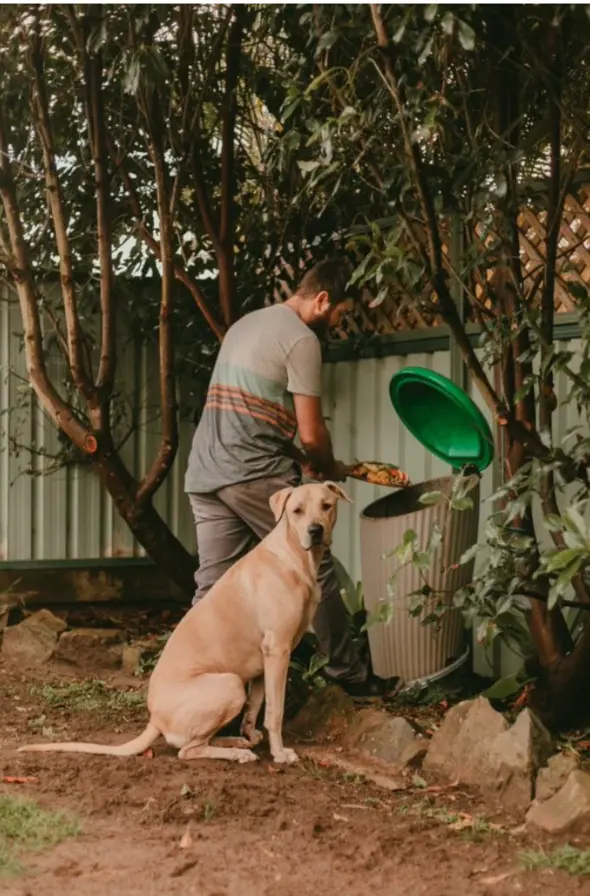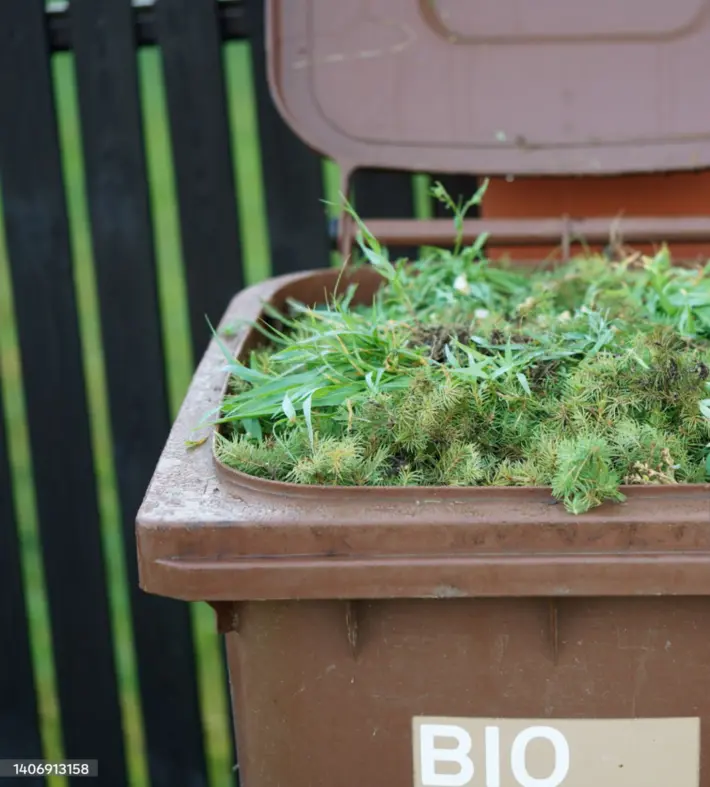If you’ve ever wondered what to do with the staggering amount of waste your dog or cat produces, especially if you’re an eco-conscious pet owner, you’re not alone. Did you know that the average dog creates about 275 pounds of waste every year? Yes, you read that right. As much as you love your furry companions, managing their waste can be quite a challenge—not only for you but for the planet, too.
Luckily, there’s a solution that’s both eco-friendly and practical: the pet waste composter. Not only can it help you reduce your carbon pawprint, but it also transforms what you consider waste into something beneficial, like compost for your garden (when managed properly!). In this guide, we’ll take you through everything you need to know about pet waste composters, including how they work, why they matter, and the best options available in 2024. Ready to dig in? Let’s go!
What Is a Pet Waste Composter and Why Do You Need One?
Before we dive into the details, let’s start with the basics: what exactly is a pet waste composter?
A pet waste composter is a specially designed system that helps you compost the waste from your pets—like dog poop or cat litter—in a way that’s safe and environmentally friendly. Unlike traditional composting, where you mix fruit and vegetable scraps, a pet waste composter breaks down animal waste using specific processes that ensure it’s handled safely.
Why Compost Pet Waste?
If you’re like most pet owners, you’ve probably been tossing your pet’s waste in the trash for years. But here’s why composting it instead is a smart move:
- Environmental Impact: Pet waste sent to landfills produces methane, a potent greenhouse gas. Composting reduces this harmful emission and keeps waste out of the landfill.
- Healthy Soil: When processed correctly, compost made from pet waste can be used in non-edible gardens to nourish the soil.
- Reduce Plastic Usage: Many people use plastic bags to throw away pet waste, which just adds to plastic pollution. Composting eliminates this need.
- Cleaner Yard: A dedicated composter keeps your yard clean and odor-free.
Types of Pet Waste Composters: Which One Is Right for You?
Not all composters are created equal! Let’s explore the different types of pet waste composters you can choose from, so you can find the one that’s best for you and your pet.
1. In-Ground Pet Waste Composters

These composters are buried in your yard, and the waste is added directly into the ground. Over time, the waste decomposes naturally with the help of microorganisms in the soil.
- . Pros: Low-maintenance, natural breakdown of waste.
- . Cons: Requires a yard with well-draining soil. Not ideal for small yards or urban environments.
2. Above-Ground Composters

These are standalone units that you can place anywhere in your yard or garden. They work similarly to traditional composters but are designed specifically to handle pet waste.
- . Pros: Easier to monitor and manage. Portable and doesn’t require digging.
- . Cons: Can be more expensive and require more hands-on maintenance.
3. DIY Composters
Feeling crafty? You can make your own pet waste composter with some simple materials like a garbage bin, a drill, and some gravel. DIY composters can be customized to suit your yard size and needs.
- . Pros: Budget-friendly, customizable.
- . Cons: Requires some initial work and a bit of trial and error.
How to Set Up and Maintain Your Pet Waste Composter
Setting up a pet waste composter is easier than you might think! Here’s a quick step-by-step guide to getting started:
1. Choose the Right Location
Find a well-drained area in your yard that’s away from any edible plants or water sources. Composting pet waste can introduce pathogens, so it’s important to keep it separate from anything you’ll consume.
2. Add Waste and Carbon-Rich Materials
Begin by adding a layer of carbon-rich material (like leaves or newspaper), followed by your pet’s waste. Continue layering as needed, ensuring a good mix.
3. Aerate Regularly
Oxygen is key to the decomposition process, so you’ll want to turn or aerate the compost regularly. This helps speed up the breakdown and prevents odors from building up.
4. Monitor Moisture Levels
Compost should be moist but not soaking wet. Too much moisture can slow down the process, while too little can cause the pile to dry out.
5. Wait for the Breakdown
Composting pet waste takes time. Depending on the size of your composter and the climate, it can take anywhere from a few months to a year for the waste to fully decompose.
Is Composting Pet Waste Safe? Addressing Health Concerns
One of the biggest questions people have about composting pet waste is whether it’s safe. After all, pet waste can contain harmful bacteria like E. coli and parasites like roundworms. The good news? When done correctly, composting pet waste is perfectly safe!
Tips for Safe Composting:
- Keep It Separate from Edible Plants: Always use compost made from pet waste in areas where you’re not growing food. It’s great for flower beds, trees, and shrubs but shouldn’t be used in vegetable gardens.
- High Heat is Key: For composting pet waste to be safe, it needs to reach high temperatures (around 130-160°F). This kills off harmful pathogens.
- Use Compostable Bags: If you’re scooping dog poop into bags, make sure you’re using compostable ones to avoid adding plastic to your pile.
The Best Pet Waste Composters in 2024: Top Picks and Reviews
Now that you know how they work, let’s take a look at some of the best pet waste composters available in 2024. Here are a few highly-rated options:
1. The Doggie Dooley In-Ground Composter
. Features: Durable, easy to install, in-ground system. Works well for medium to large dogs.
. Pros: Low-maintenance, natural breakdown process.
. Cons: Requires good drainage and soil conditions.
2. The Pet Waste Wizard Above-Ground Composter
. Features: Portable, above-ground system that’s easy to use. Made from recycled materials.
. Pros: Convenient and eco-friendly. Great for small spaces.
. Cons: Requires regular maintenance to aerate.
3. DIY Composter
. Features: Affordable and customizable. Made from basic materials like a garbage bin and gravel.
. Pros: Budget-friendly, flexible design.
. Cons: Requires some DIY effort.
DIY Pet Waste Composter: How to Make Your Own at Home
Want to make your own pet waste composter? Here’s a simple way to do it with just a few materials:
Materials You’ll Need:
- . Large plastic garbage bin with a lid
- . A drill with a large bit
- . Gravel
- . Compostable bags (optional)
Instructions:
- 1. Drill holes in the bottom and sides of the garbage bin for drainage and aeration.
- 2. Dig a hole in your yard deep enough to bury the bin about halfway.
- 3. Place gravel at the bottom of the hole for additional drainage, then set the bin in the hole.
- 4. Begin adding pet waste and carbon-rich materials, like leaves or newspaper, in layers.
- 5. Secure the lid and turn the waste regularly to keep it aerated.
Benefits of Composting Pet Waste for the Environment
Composting pet waste offers numerous environmental benefits:
Reduces Landfill Waste: Instead of sending pet waste to landfills, where it contributes to methane emissions, you’re diverting it to a compost pile.
Improves Soil Health: Compost made from pet waste enriches the soil with nutrients, though it should be used for non-edible plants.
Supports Sustainability: By composting, you’re reducing your reliance on plastic waste bags and creating a more sustainable way to manage pet waste.
Pet waste composting might not be the most glamorous task, but it’s one of those things that makes you feel like an eco-hero in your own backyard! Think about it—you’re turning dog poop into something useful while keeping the planet a little greener. Plus, you get to impress your friends with your newfound composting skills (they might not ask for a demonstration, though). Whether you go for a ready-made composter or decide to get crafty with a DIY version, the results are worth it. So, why not take the plunge? Your garden—and the environment—will thank you. Now, go ahead and turn that “waste” into “wow!”
Looking to take your pet care to the next level? Subscribe to our newsletter for expert tips on eco-friendly pet care, sustainable solutions, and more! Let’s create a greener world for you and your furry friend—one paw at a time!



